News
Nightmares Film Festival Panel Tackles Social Progress Through Horror
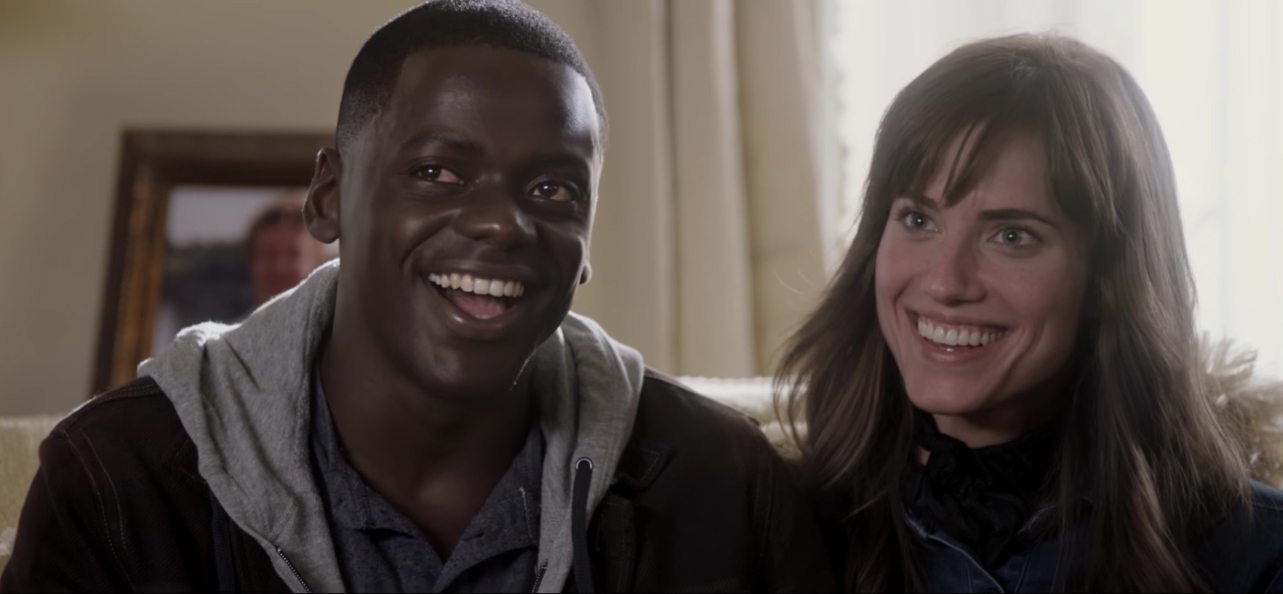
I love a good festival panel. Seriously, getting a group of filmmakers, actors, etc. together to discuss film is just the kind of thing my inner film geek loves. Naturally, I was excited when I read that Nightmares Film Festival, for its second year in existence, had added a couple of panel discussions to their schedule. I was even more excited when I read that one of those panels would focus on the idea of social progress through horror.
For most, social progress and the horror genre could not be more odd bedfellows, but there are those of us who have been discussing the topic for years so I couldn’t wait to hear what the talented panelists had to say on the topic.
Jason Tostevin, co-founder of Nightmares Film Festival, moderated the panel which consisted of Venita Ozols-Graham, Michael Escobedo, Sam Kolesnik, Rakefet Abergel, Lukas Hassel, James Christopher, and Omari Matlock, and he began by stating the panel’s agreed upon definition of social progress: Equality in thinking, behavior, and opportunity.
With that, the filmmakers began to weigh in on how they see the genre embracing this idea. (You can view the panel in its entirety at the bottom of this article! Video by VideoBusinessMedia)
“When we talked about doing this panel, it actually made me do some thinking because usually when you think about horror movies, you think about entertainment,” Ozols-Graham began. “So I did a little research, looked a lot of the horror movies through the years that have affected me personally, and it is actually stunning. Things like Get Out, socially relevant issues and racism, Rosemary’s Baby feminism, It Follows a metaphor for HIV, Night of the Living Dead racism, The Babadook mental health, Candyman racism, They Live consumerism, and Teeth feminism and rape culture. The list goes on and on and on and I realized we’re so incredibly influenced by ‘horror movies’.”
From there, the discussion turned to the idea of the empowered, triumphant final girl vs. the gratuitous amount of female nudity in the genre. One side of the coin looks like the very ideal example of feminism while the other seems indicative of entrenchment in exploitation. As the panelists weighed in, they got to what is an essential core issue on the topic.
“I think you can make that (nudity) progressive,” Kolesnik pointed out. “I don’t think that nudity or sex is the problem. I think it’s the paintbrush, like the way it’s actually painted and the way that American culture receives that and the messages that they paint onto it.”
Kolesnik further stunned the audience when Tostevin, playing Devil’s advocate, pressed her as to why she thought adding naked breasts to a film for no reason other than the audience expects it was socially regressive.
“I don’t know,” she replied. “have you ever heard anyone say, ‘We need more cock in this film’?”
It’s a valid point and one that was revisited several times throughout the panel. Why is it that breasts are okay and titillating in a horror movie but a penis brings nothing but nervous laughter and a sense of discomfort?
There is no good answer there. Lukas Hassel had pointed out earlier in the discussion, “I’m an actor. I have no problem with being nude but there has to be a reason for my junk to be out there.”
“I think sometimes having boobs in the movie becomes the story as opposed to something to accent the story,” James Christopher added.
As the discussion turned to target demographics, an interesting question was posed by Sam Kolesnik that really stunned the audience. I’m not sure what it says about us that we might never have considered it in these terms before, but with female nudity versus a target demographic of straight white males 18-25 we have a classic chicken and the egg situation.
Do we include female nudity because of our target audience or did our target audience become fans because of the female nudity?
In addressing the issue, the panelists also began to discuss the obstacle of confronting a system designed to make money that keeps churning out the same things over and over because they’ve made money before which causes, really, an endless loop.
“I think that’s a problem in filmmaking in general,” Rakefet Abergel interjected. “I work in L.A. in all aspects of film production, and almost all of the time it’s about the money. Is this going to make money? Am I going to be able to distribute this? Am I going to be able to sell this? Are people going to want to watch it? And it’s unfortunate because it’s an artform that’s turned into a business. And that’s why we end up shitty movies!”
At this point, one might be wondering if the entirety of the discussion revolved around nudity, but there was so much more to come from this panel.
“Being a young, black man,” Omari Matlock explained, “I think I deal with issues that are not visited in horror at all. You know when I watch horror films half the time, I’m like ‘We wouldn’t do that’. So me, getting started everyone was like ‘Oh you’re going to do a gangster film”, and it was kind of offensive to me because my thought was ‘Is that all you think I am?’ so I decided to stay with horror. Even when i go to a black film festival, we’re the only ones there with a horror film.”
As the panel ultimately concluded, I sat back for a while and thought about the topics that had been raised as I read through the schedule of films when it suddenly occurred to me that not only had the Nightmares Film Festival crew brought this amazing panel together, but they had put practice behind their words in the programming of their festival. Here were films made by racially diverse filmmakers, films from straight and queer perspectives, films by women who turned the tropes expected of their gender on their heads, films that exposed mental illness for the true horrors that accompany them.
In fact, though not all of the films included were socially progressive in and of themselves, the entire weekend of programming ultimately was. You can view the full panel below, and be sure to follow Nightmares Film Festival on Facebook for all the latest news about next year’s exciting festival!
Listen to the 'Eye On Horror Podcast'

News
Brad Dourif Says He’s Retiring Except For One Important Role
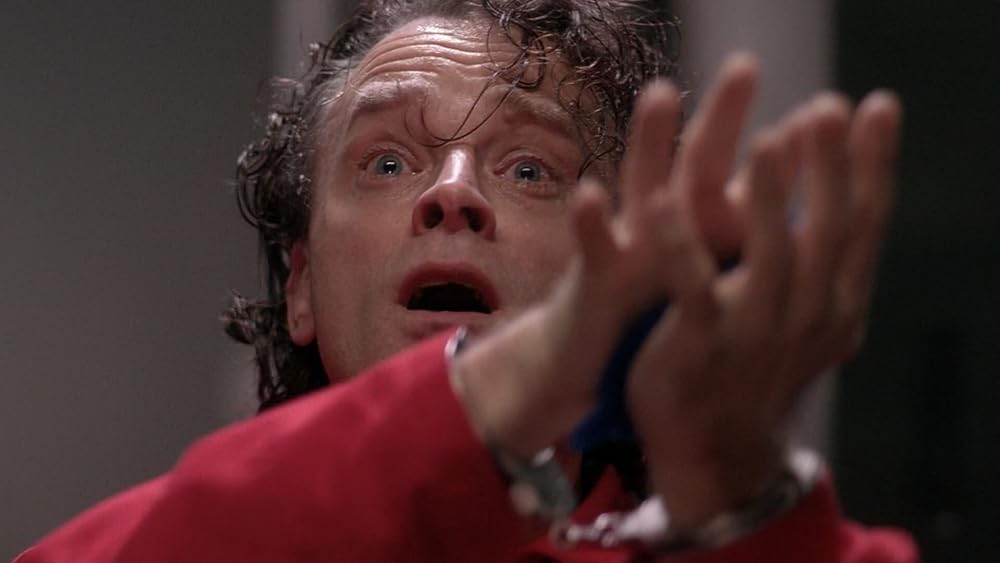
Brad Dourif has been doing movies for nearly 50 years. Now it seems he is walking away from the industry at 74 to enjoy his golden years. Except, there is a caveat.
Recently, digital entertainment publication JoBlo’s Tyler Nichols talked to some of the Chucky television series cast members. During the interview, Dourif made an announcement.
“Dourif said that he’s retired from acting,” says Nichols. “The only reason he came back for the show was because of his daughter Fiona and he considers Chucky creator Don Mancini to be family. But for non-Chucky stuff, he considers himself retired.”
Dourif has voiced the possessed doll since 1988 (minus the 2019 reboot). The original movie “Child’s Play” has become such a cult classic it’s at the top of some people’s best chillers of all time. Chucky himself is ingrained in pop culture history much like Frankenstein or Jason Voorhees.
While Dourif may be known for his famous voiceover, he is also an Oscar-nominated actor for his part in One Flew Over the Cuckoo’s Nest. Another famous horror role is The Gemini Killer in William Peter Blatty’s Exorcist III. And who can forget Betazoid Lon Suder in Star Trek: Voyager?
The good news is that Don Mancini is already pitching a concept for season four of Chucky which might also include a feature-length movie with a series tie-in. So, Although Dourif says he is retiring from the industry, ironically he is Chucky’s friend till the end.
Listen to the 'Eye On Horror Podcast'
Editorial
7 Great ‘Scream’ Fan Films & Shorts Worth a Watch
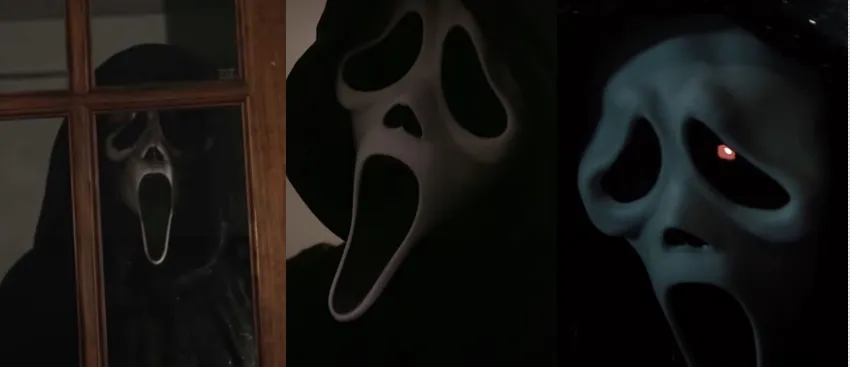
The Scream franchise is such an iconic series, that many budding filmmakers take inspiration from it and make their own sequels or, at least, build upon the original universe created by screenwriter Kevin Williamson. YouTube is the perfect medium to showcase these talents (and budgets) with fan-made homages with their own personal twists.
The great thing about Ghostface is that he can appear anywhere, in any town, he just needs the signature mask, knife, and unhinged motive. Thanks to Fair Use laws it’s possible to expand upon Wes Craven’s creation by simply getting a group of young adults together and killing them off one by one. Oh, and don’t forget the twist. You’ll notice that Roger Jackson’s famous Ghostface voice is uncanny valley, but you get the gist.
We have gathered five fan films/shorts related to Scream that we thought were pretty good. Although they can’t possibly match the beats of a $33 million blockbuster, they get by on what they have. But who needs money? If you’re talented and motivated anything is possible as proven by these filmmakers who are well on their way to the big leagues.
Take a look at the below films and let us know what you think. And while you’re at it, leave these young filmmakers a thumbs up, or leave them a comment to encourage them to create more films. Besides, where else are you going to see Ghostface vs. a Katana all set to a hip-hop soundtrack?
Scream Live (2023)
Ghostface (2021)
Ghost Face (2023)
Don’t Scream (2022)
Scream: A Fan Film (2023)
The Scream (2023)
A Scream Fan Film (2023)
Listen to the 'Eye On Horror Podcast'
Movies
Another Creepy Spider Movie Hits Shudder This Month
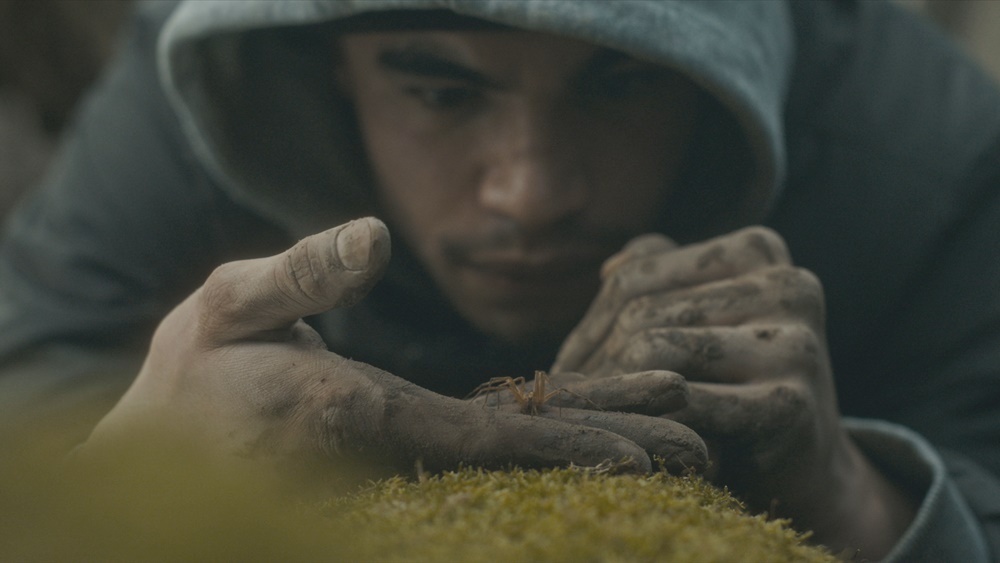
Good spider films are a theme this year. First, we had Sting and then there was Infested. The former is still in theaters and the latter is coming to Shudder starting April 26.
Infested has been getting some good reviews. People are saying that it’s not only a great creature feature but also a social commentary on racism in France.
According to IMDb: Writer/director Sébastien Vanicek was looking for ideas around the discrimination faced by black and Arab-looking people in France, and that led him to spiders, which are rarely welcome in homes; whenever they’re spotted, they’re swatted. As everyone in the story (people and spiders) is treated like vermin by society, the title came to him naturally.
Shudder has become the gold standard for streaming horror content. Since 2016, the service has been offering fans an expansive library of genre movies. in 2017, they began to stream exclusive content.
Since then Shudder has become a powerhouse in the film festival circuit, buying distribution rights to movies, or just producing some of their own. Just like Netflix, they give a film a short theatrical run before adding it to their library exclusively for subscribers.
Late Night With the Devil is a great example. It was released theatrically on March 22 and will begin streaming on the platform starting April 19.
While not getting the same buzz as Late Night, Infested is a festival favorite and many have said if you suffer from arachnophobia, you might want to take heed before watching it.
According to the synopsis, our main character, Kalib is turning 30 and dealing with some family issues. “He’s fighting with his sister over an inheritance and has cut ties with his best friend. Fascinated by exotic animals, he finds a venomous spider in a shop and brings it back to his apartment. It only takes a moment for the spider to escape and reproduce, turning the whole building into a dreadful web trap. The only option for Kaleb and his friends is to find a way out and survive.”
The film will be available to watch on Shudder starting April 26.
Listen to the 'Eye On Horror Podcast'
-

 News4 days ago
News4 days agoThis Horror Film Just Derailed a Record Held by ‘Train to Busan’
-

 Movies4 days ago
Movies4 days agoWatch ‘Immaculate’ At Home Right Now
-

 News3 days ago
News3 days agoHome Depot’s 12-Foot Skeleton Returns with a New Friend, Plus New Life-Size Prop from Spirit Halloween
-

 News5 days ago
News5 days agoRead Reviews For ‘Abigail’ The Latest From Radio Silence
-

 News2 days ago
News2 days agoWoman Brings Corpse Into Bank To Sign Loan Papers
-

 News5 days ago
News5 days agoMelissa Barrera Says Her ‘Scream’ Contract Never Included a Third Movie
-
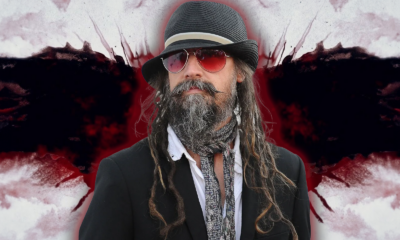
 Editorial5 days ago
Editorial5 days agoRob Zombie’s Directorial Debut Was Almost ‘The Crow 3’
-

 News4 days ago
News4 days agoA24 Joins Blockbuster Movie Club With Their Biggest Opening Ever
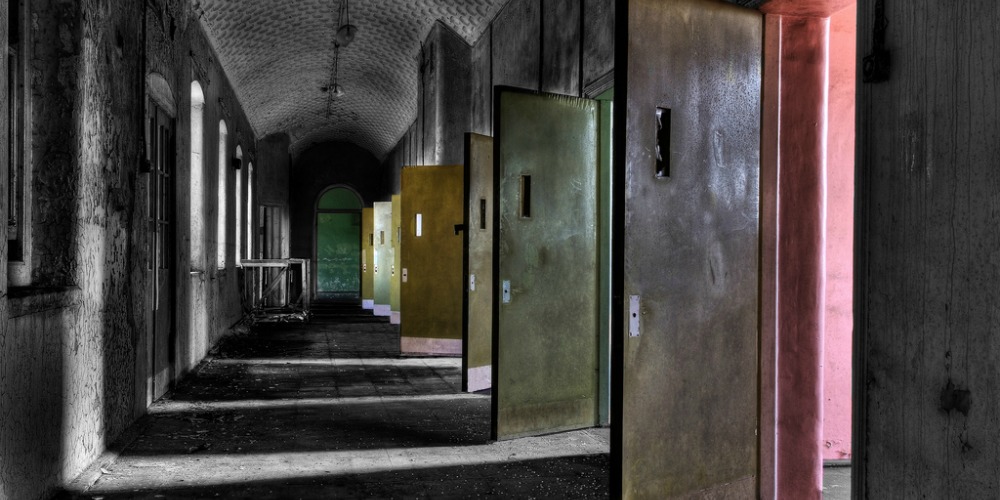


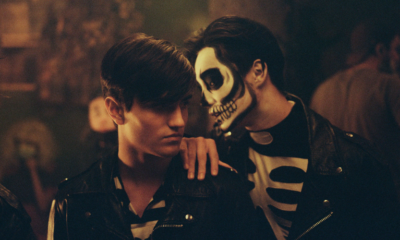























You must be logged in to post a comment Login